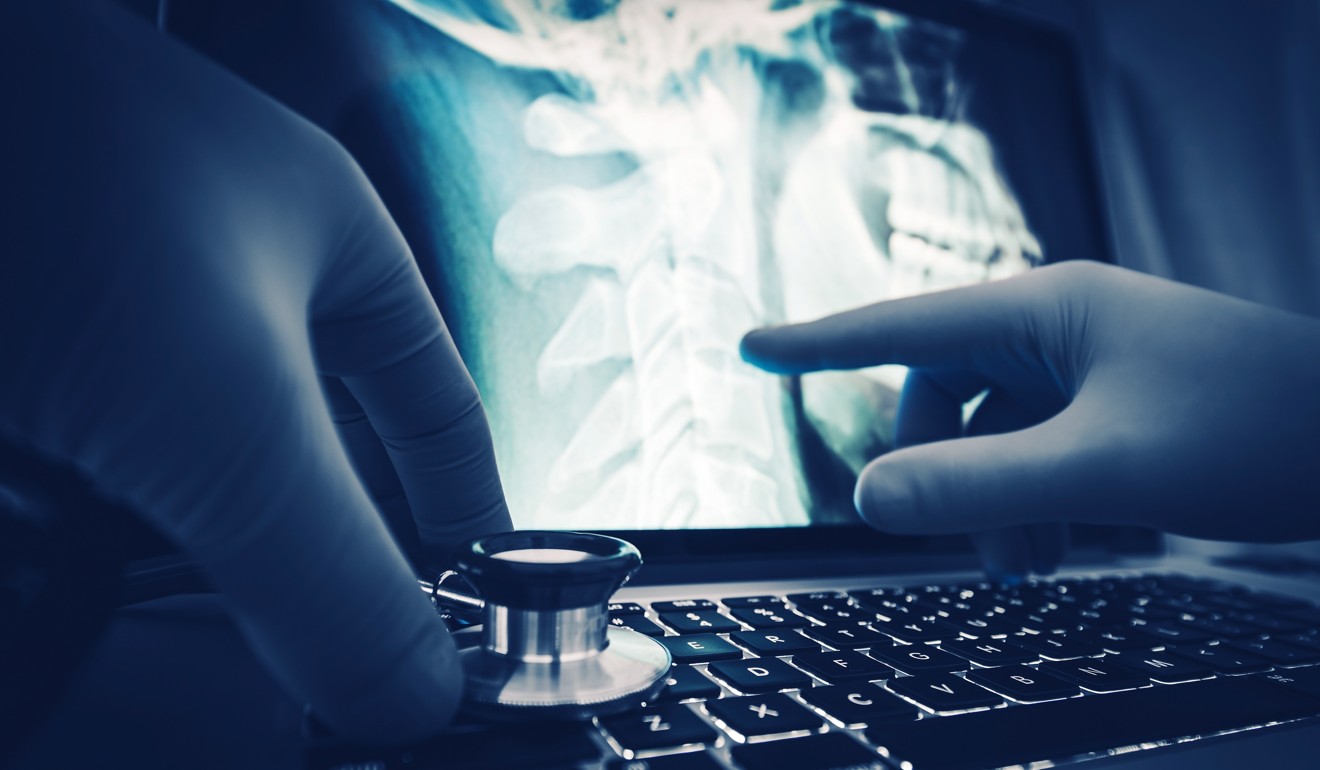
Doctor’s orders: dos and don’ts of caring for your back
- Choose the right pillow, meditate and exercise mindfully to avoid spinal injuries, experts say
- Smoking, being overweight and stress can also adversely affect the vertebral column
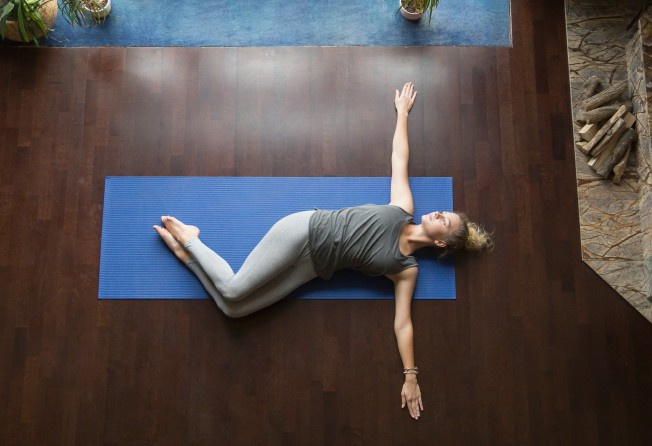
When Dr Mak Kin-cheung was still a student, he suffered a slipped disc while playing tennis.
A slipped or prolapsed disc involves the soft cushion of tissue between two bony segments of the spine bursting out of its proper position. In Dr Mak’s case, the incident limited his activity and impaired his lifestyle for a significant period of time.
It also gave the keen sportsman a personal insight into the importance of having a healthy spine and of having a good caregiver.
Yet becoming a spinal surgeon – and since last year, consultant in orthopaedics and traumatology at Hong Kong Adventist Hospital (Stubbs Road, on Hong Kong Island) – was not straightforward.

Mak actually started out studying pharmacology.
As a child, he loved reading the wuxia novels about martial arts and chivalry by Jin Yong – the pen name of the late Louis Cha Leung-yung – featuring magical tinctures that can cure terrible illnesses and even bring people back to life.
“These books got me into it, as well as an interest in traditional Chinese medicine,” Mak says.
However, at the age of 21, after working in pharmacology for a while, he realised staring at cells and operating on animals in a laboratory all day was not for him.
“I missed the human element,” says Mak, who went on to study Western Medicine, and subsequently specialised in orthopaedics.
Today, he is well placed to advise Hongkongers on the correct ways to keep their spines healthy. If a spinal injury occurs, he can ensure they receive the right treatment to ease the pain and make a speedy recovery.
“With the spinal column, you’re working on a hard, rigid structure, but right next to it are the nerves and spinal cord, which are very delicate structures,” says Mak, who has extensive experience in minimally invasive spinal surgery.
“You have to be very precise. The patient likes to be kept informed, so you have to have a strong relationship with them.”

He has also handled many cases that require detailed pre-operative planning, such as spinal deformities, including scoliosis, a sideways curvature of the spine that often affects children just before puberty, as well as the elderly.
His surgical work at the hospital is supported by advanced equipment such as the O-arm O2 Imaging System and Stealth Station 8 Navigation System, which provide real-time, 3D imaging for precise surgeries; and the METRx II system, which features tubular retractors that split muscles rather than cutting through them, minimising recovery time.
Yet Mak’s work is focused not only on surgery, but also aftercare.
“I don’t want to see my former patients coming back with new problems, so I advise them to maintain a healthy back maintenance routine through stretches and core strength training,” he says.
“Seeing a physiotherapist would be a good start.”
With the spinal column, you’re working on a hard, rigid structure, but right next to it are the nerves and spinal cord, which are very delicate structures. You have to be very precise.
Mak has been instrumental in shaping the hospital’s three-stage, eight-week post-surgery rehabilitation programme, involving pain and inflammation relief, education about spinal health maintenance, and appropriate exercise.
Much of the programme is dedicated to preventing injury from happening again.
The hospital’s rehabilitation centre recommends patients take up activities such as swimming and Pilates (under the instruction of a qualified physiotherapist) to improve pelvic stabilisation, spinal alignment and balanced, coordinated movements, which, it says, are “particularly effective in the rehabilitation and prevention of recurrent or chronic problems”.
Pilates and swimming are just two of many actions you can take to keep your spine strong. Based on recommendations from Mak and his team, information from health authorities, and insights from fitness experts, we have compiled a list of 10 ways to support a healthy spine.
1-Take a look in the mirror
Poor posture increases pressure on the spinal discs, which can lead to pain or injury.
Mak has a trick when it comes to getting young people to stand straight, which is “is to sell them an image”.
He says: “Don’t tell them it’s healthy. Say they look better.”
In addition, those working with computers should adjust the height of their monitor to ensure they are not tilting their neck up or down for long periods of time.
2-Enjoy the stretch
Regular stretching is one of the spine’s first lines of defence; it helps redistribute the load on the intervertebral discs, which act as shock absorbers between each of the vertebrae, and keeps your spine flexible.
The Student Health Service of the Hong Kong Department of Health says people who sit for long periods should try to do quick and easy daily stretches.
One exercise involves you lying on your back.
Bend your knees slightly, stretch out your arms and roll both legs to one side, ensuring you keep your core abdominal muscles tensed and both your shoulders on the floor.
Turn your head to the opposite side and hold the position for five seconds, then repeat on the opposite side. Do this 10 to 15 times.
3-Exercise mindfully
Exercise in a way that is mindful of spinal mobility.
Mak recommends swimming because in water the body’s weight is partially unloaded and pressure on your joints is reduced.
He also advises patients to strengthen the abdomen, back, shoulder and thigh muscles – all of which help with stability.
For people short on time, Elle Kealy, a Hong Kong certified personal trainer and nutrition coach, designed Corio, a series of online workouts that build up core strength, which can be done at home in only five minutes.
“All you need is a mat,” she says.
4-Don’t hide behind painkillers
Mak is not keen on people taking painkillers.
“Using such medication sparingly at times can help make dire situations more bearable,” he says.
Yet he does not recommend using painkillers for back pain before you go out hiking, running or playing sport, as it will only mask the problem and “[the pain] will come back to haunt you”.
5-Choose the right pillow
We all prefer different sleeping positions, but because of this, we actually need different kinds of pillows, ensuring proper support. The goal is to choose a pillow whose height keeps the neck straight when lying on side.

According to the Sleep Council, an advisory organisation in the UK, using too many pillows might not be a good idea, as it can cause the spine to curve upwards. Using a pillow that is too thin, meanwhile, can lead the spine to curve downwards.
Finally, it is fine to sleep on your back or on one side, but you should avoid sleeping on your stomach. In that position, you will inevitably twist your neck throughout the night, putting a lot of strain on it.
6-Move around as often as possible
Mak remains active by still playing tennis and golf, and through his work as a surgeon: he is on his feet for most of his working day, which gives his cardiovascular system a boost.
When your physical movement is limited, this can cause psychological distress, [which can] worsen the pain
For those people with sedentary jobs, get up and move around while at work.
You can also try to walk more each day, such as taking the stairs instead of the lift or escalator at stations, or getting off the bus one stop early and walking the rest of the way to your destination.
7-Keep stress under control
Your psychological outlook can have a big impact on your back pain, Dr Srini Pillay, assistant professor of psychology at Harvard Medical School, says.
“When your physical movement is limited, this can cause psychological distress, [which can] worsen the pain,” he says in a Harvard online blog.
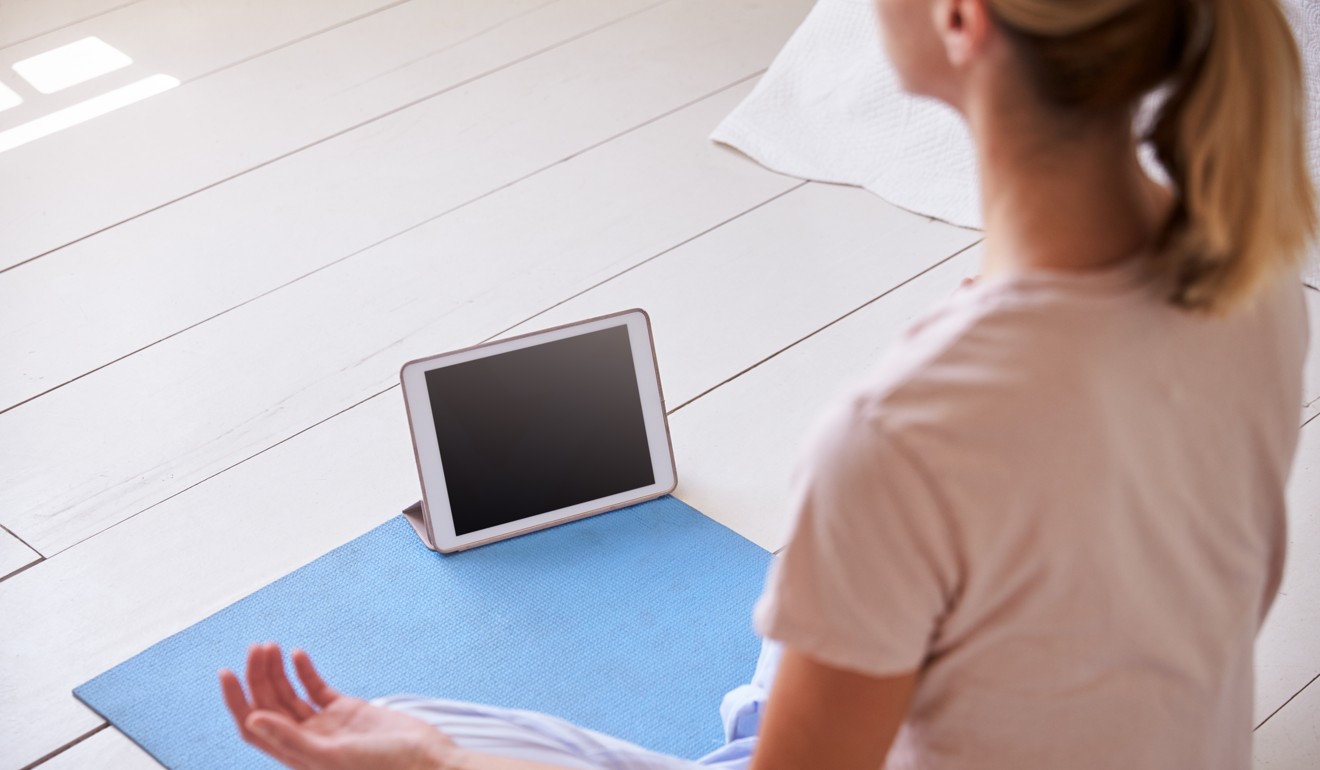
“Fortunately, some psychological therapies can be really helpful with back pain. They help to lessen pre-existing psychological vulnerabilities, change how you perceive the pain and alleviate psychological factors (such as anxiety and anticipation) that maintain your pain.”
Meditation may also help with back pain and there are a number of apps which could prove useful, including Headspace, which has more than 100 meditations designed to help manage pain, and Saagara’s Universal Breathing: Pranayama, which offers breathing techniques geared at reducing stress.
8-Do heavy lifting correctly
Lifting heavy items is a common cause of back pain and injury.
To move heavy items safely, Hong Kong’s Occupational Safety and Health Council suggests you stand as close to the object as possible, bend into a semi-squat and lift “with the thigh muscles as you stand ... avoid sudden or jerky body movements”.
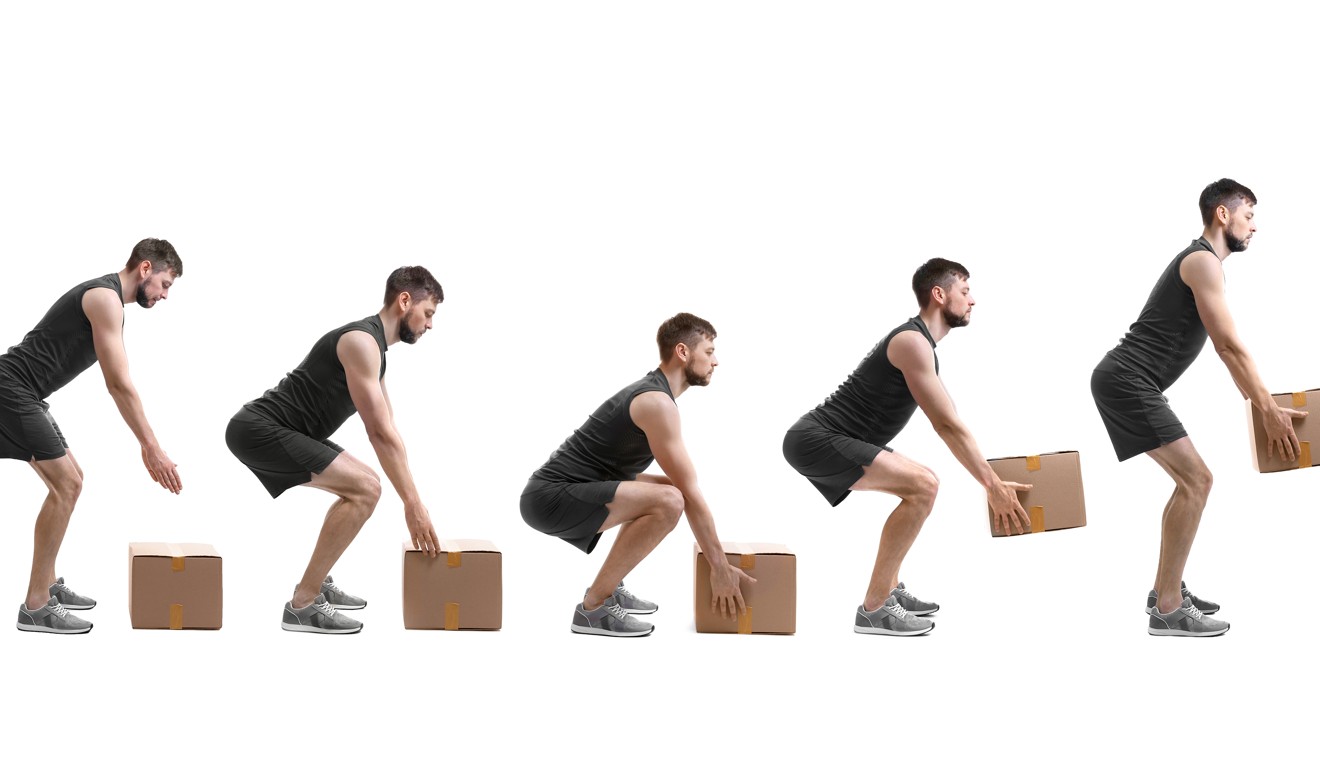
Kealy suggests you say “ha ha ha” out loud as you lift, because it engages your core quickly.
If you're rotating your body while carrying something heavy, pivot your feet rather than twist your spine, she says.
9-Don’t smoke
Studies show that smoking reduces bone density and decreases blood flow throughout the body, including the spine.
This deprives your spinal tissue of necessary oxygen and nutrients, effectively sucking the cushioning out of your spinal discs.
10-Lose excess weight
A study by the department of orthopaedics and traumatology at the University of Hong Kong Li Ka Shing Faculty of Medicine says disc degeneration is more likely to occur in adults who are obese than in people of normal weight.
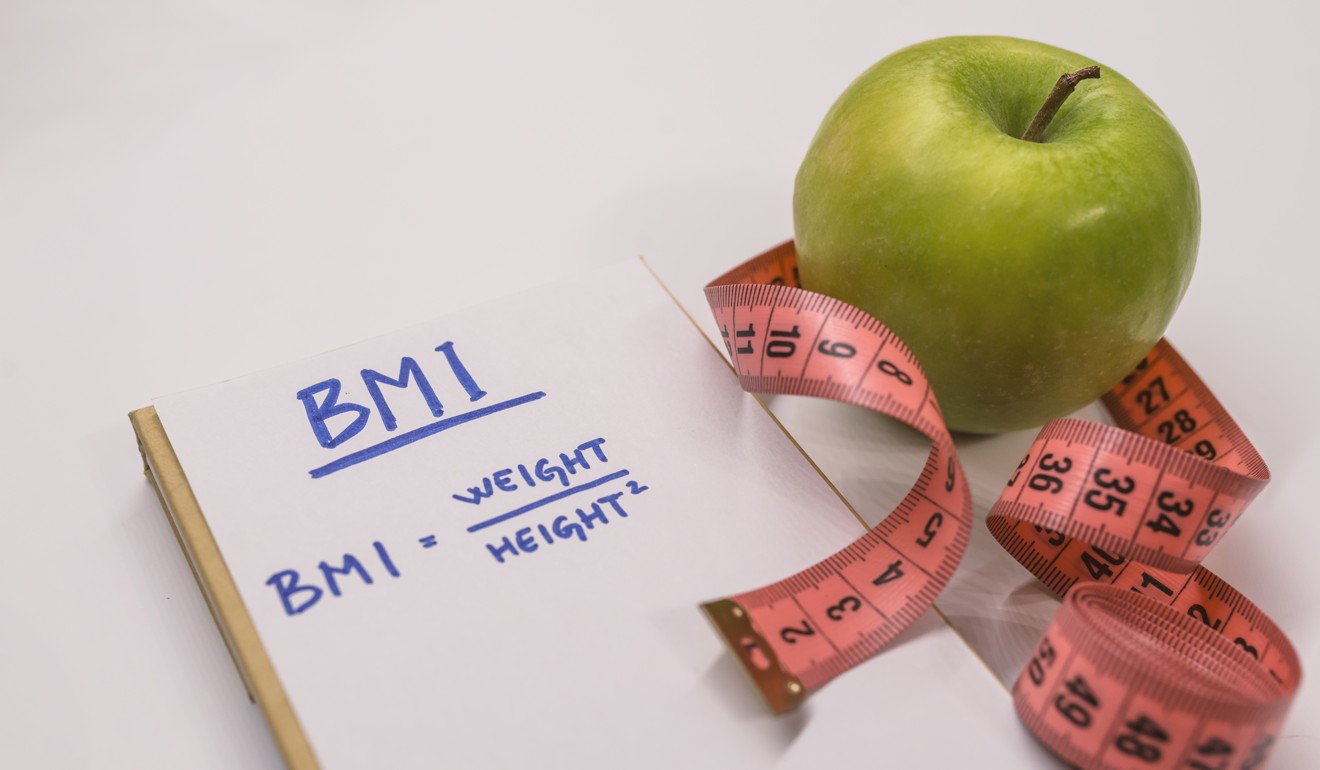
The Centre for Health Protection in Hong Kong recommends maintaining a normal body mass index (BMI) of between 18.5 and 23. To find out your BMI, divide your weight in kilogrammes by your height in metres, and then divide the number by your height again.